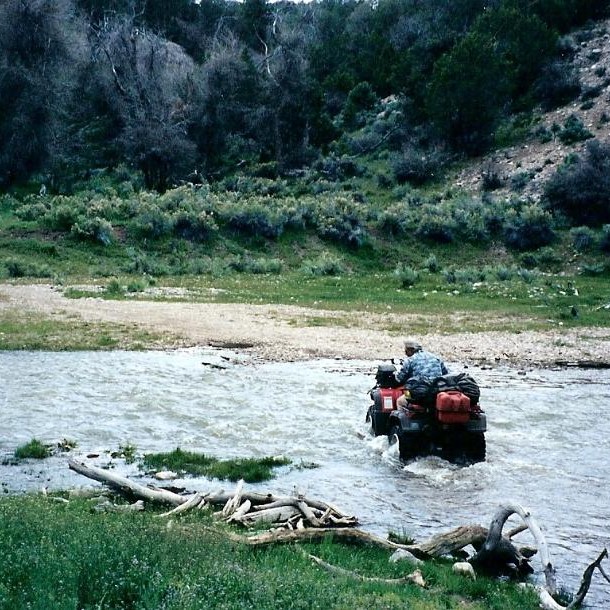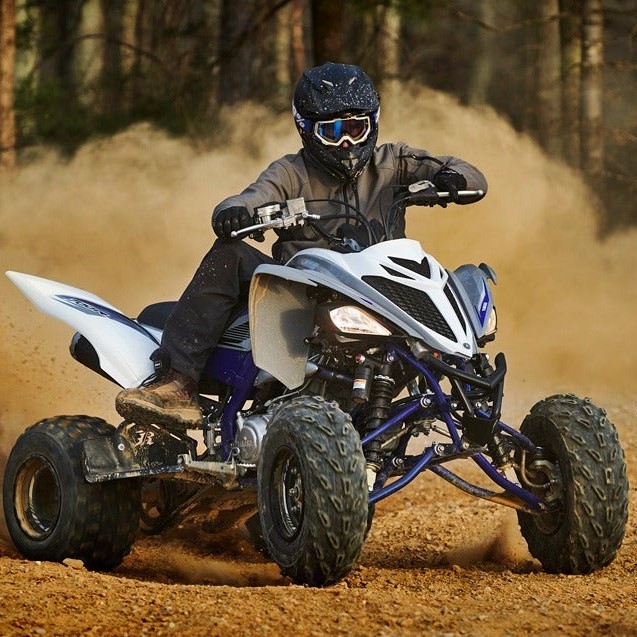Introduction:
Ensuring a Safe and Secure Transport
Transporting a motorcycle on a trailer requires proper strapping and securing to ensure it remains stable and safe during transit. Whether you’re moving your motorcycle to a new location or taking it on a long-distance trip, understanding how to properly strap your motorcycle is essential. In this comprehensive guide, we will provide you with a step-by-step process to securely strap a motorcycle to a trailer. By following these instructions, you can confidently transport your motorcycle without the risk of damage or accidents.

Securing a Motorcycle to a Trailer: A Step-by-Step Guide
-
Choosing the Right Trailer and Equipment
a. Determine the trailer type: Select a trailer suitable for motorcycle transport, such as a flatbed or motorcycle-specific trailer. Ensure the trailer is in good condition, with properly functioning brakes, lights, and tires.
b. Acquire necessary straps and equipment: Invest in high-quality tie-down straps specifically designed for motorcycle transport. Choose straps with sufficient length, sturdy hardware, and appropriate load capacity. Other essential equipment may include ratchet straps, soft loops, and a wheel chock or wheel restraint system.
-
Preparing the Motorcycle and Trailer
a. Prepare the motorcycle: Before securing your motorcycle, ensure it is clean, and check for any loose parts or accessories that could potentially detach during transit. Remove any saddlebags or loose objects that could shift or interfere with the strapping process.
b. Prepare the trailer: Inspect the trailer for structural integrity and ensure it is clean and free of any debris. If using a wheel chock or restraint system, ensure it is securely fastened to the trailer bed, allowing proper wheel support and stability.
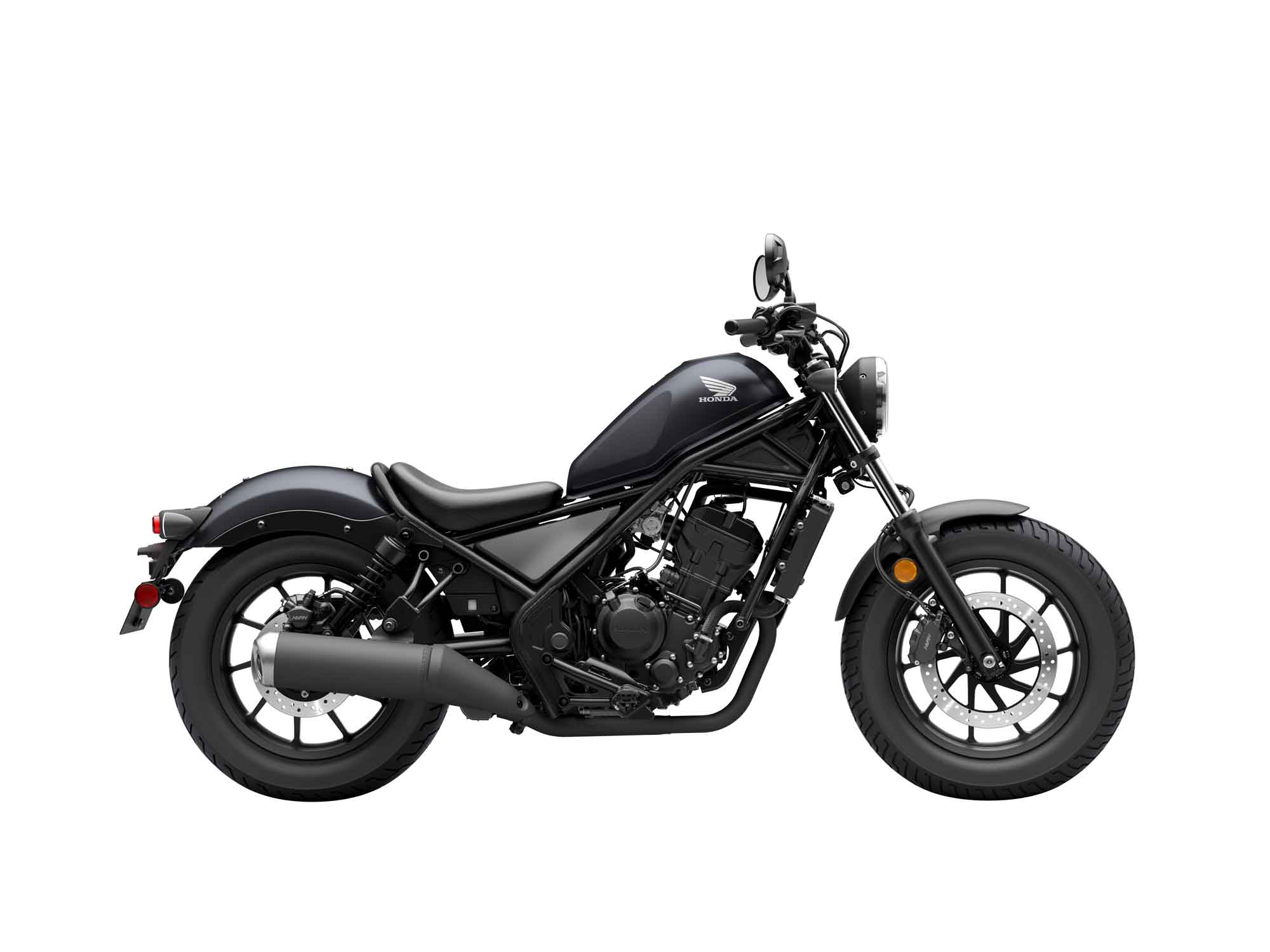
-
Positioning and Aligning the Motorcycle
a. Align the motorcycle: Position the motorcycle in the center of the trailer, ensuring it is aligned and parallel to the trailer’s direction of travel. The motorcycle should be facing forward with the rear wheel against the front rail of the trailer.
b. Utilize a wheel chock: If your trailer is equipped with a wheel chock, carefully roll the front wheel into the chock, ensuring it is secure and perpendicular to the trailer. This will prevent the motorcycle from moving forward during transport.
-
Strap Placement and Attachment Points
a. Identify secure attachment points: Locate robust and sturdy parts of the motorcycle frame, such as the handlebars, frame loop, triple tree stem, or footpeg brackets. Avoid securing straps to removable or delicate parts, such as plastic fairings or fenders.
b. Use soft loops: To protect the motorcycle from potential strap damage, wrap soft loops around the secure attachment points. Soft loops are designed to provide a cushioned and secure anchor point for the tie-down straps.
c. Secure the front of the motorcycle: Attach one end of each strap to the soft loops near the front of the motorcycle, ensuring an equal tension on both sides. Cross the straps over the motorcycle and attach the other ends to the trailer’s anchor points using the trailer hooks or D-rings.
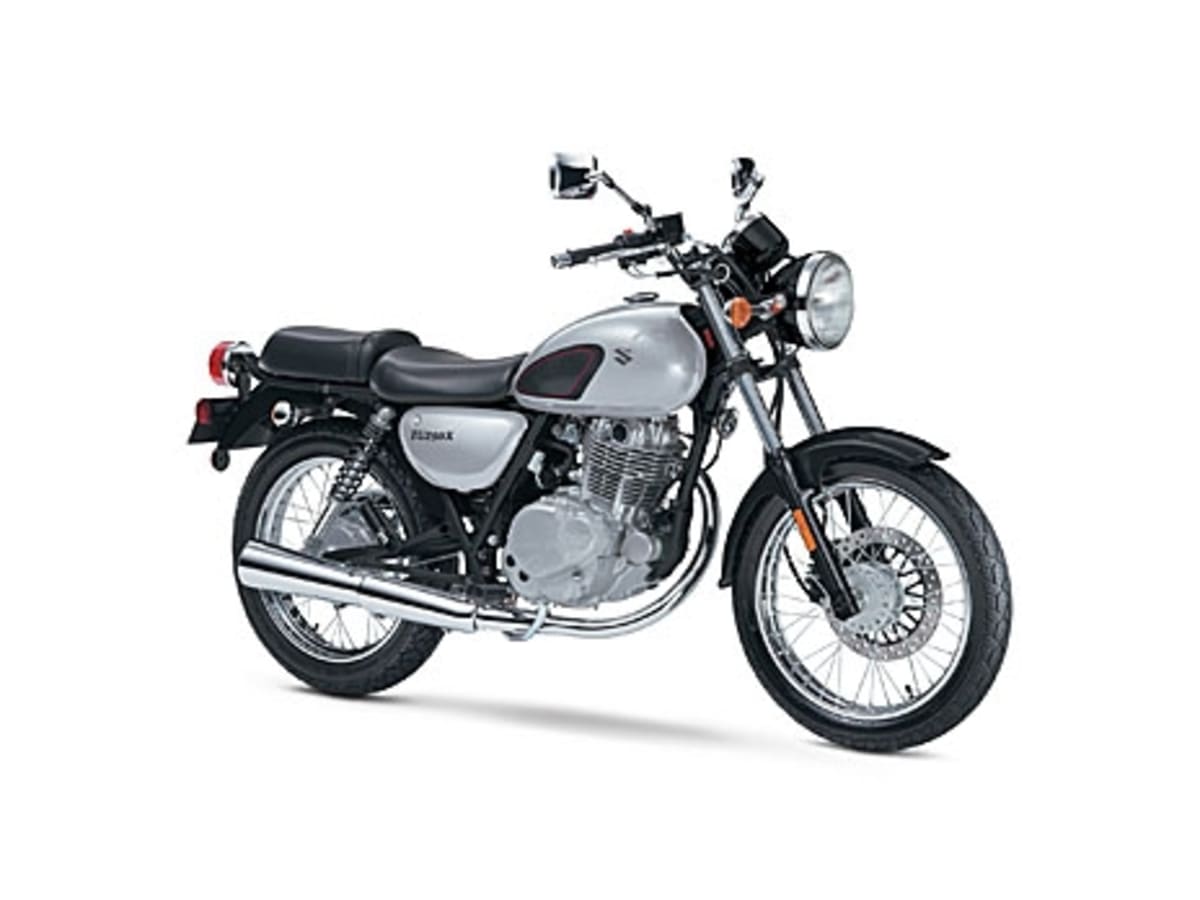
-
Tightening and Adjusting the Straps
a. Ratchet strap usage: If using ratchet straps, engage the ratcheting mechanism and begin tightening the straps while maintaining equal tension on both sides. Avoid overtightening, as this may damage the motorcycle or cause excessive pressure on the suspension.
b. Placement of straps: Position the straps in a way that prevents contact with sensitive parts, such as the fuel tank, exhaust pipes, or bodywork. Regularly monitor the straps during travel to ensure they remain secured and properly positioned.
c. Ensuring stability: After tightening the straps, gently rock the motorcycle to ensure it remains stable and does not shift. Make any necessary adjustments to the strap tension or placement to achieve optimal stability.
-
Securing the Rear of the Motorcycle
a. Utilize additional straps: To further secure the rear of the motorcycle, use additional straps attached to the rear soft loops or securely anchored points, such as the passenger footpegs or the subframe. Cross the straps over the motorcycle and attach them to the trailer’s anchor points on both sides.
b. Adjusting strap tension: Just like the front straps, tighten the rear straps using the same technique, ensuring balanced tension on both sides. Avoid excessive pressure that may compress the suspension or cause strain on the motorcycle’s structure.
-
Performing a Final Check
a. Verify strap placement and tension: Double-check that all straps are properly positioned, tightened, and free from twisting or slack. Confirm that the motorcycle remains stable and secure on the trailer.
b. Testing stability: Once all straps are secured, carefully apply pressure to the motorcycle from different angles, simulating the trailer’s movements during transit. This will help identify any potential looseness or instability that needs to be addressed before hitting the road.
-
Transitional Movements and Road Safety
a. Slow and cautious driving: When transporting a motorcycle on a trailer, drive with caution and pay attention to road conditions. Slow down for turns, bumps, or uneven surfaces to minimize the risk of the motorcycle shifting or getting damaged.
b. Regular monitoring during transit: At regular intervals, check the straps and their tension, making adjustments if necessary. Secure any loose parts or accessories that may have shifted during travel.
c. Arrival and unloading: Once you reach your destination, park the trailer on level ground, and carefully unload the motorcycle. Loosen and remove the straps in a controlled manner, ensuring the motorcycle is stable and remains upright as it’s rolled off the trailer.
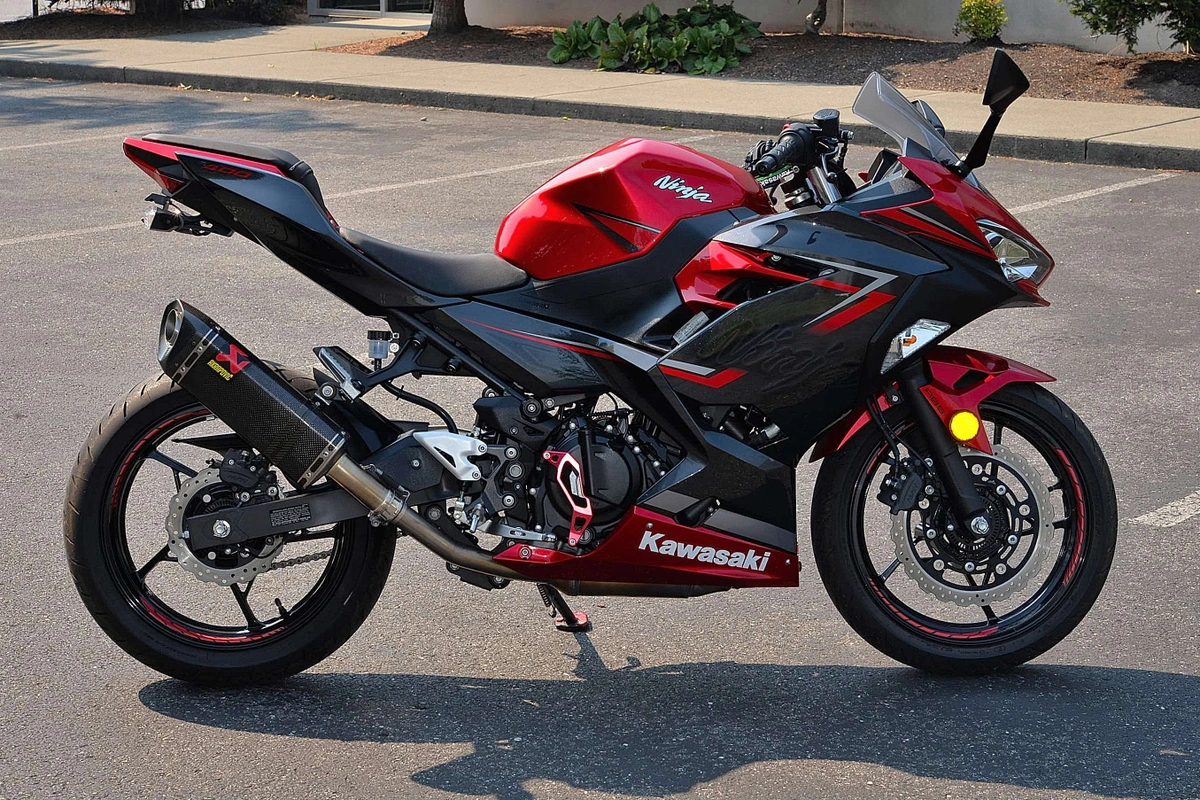
-
Additional Tips for Motorcycle Trailer Transport
a. Consider using a cover: If you’re transporting your motorcycle over long distances or in unfavorable weather conditions, consider using a motorcycle cover to protect it from dust, debris, and moisture. Ensure the cover is securely fastened to prevent it from flapping in the wind.
b. Secure loose parts and accessories: Before hitting the road, make sure all loose parts, such as mirrors or windshields, are securely tightened or removed and safely stowed. Secure any detachable accessories by using additional straps or packing them separately.
c. Spread the load evenly: If you’re transporting multiple motorcycles on a trailer, distribute the weight evenly to maintain balance and stability. Place heavier motorcycles closer to the trailer’s axles to prevent excessive tongue weight.
d. Use additional safety measures: Consider using additional safety measures, such as a secondary safety chain or a wheel-locking device, for additional stability and security during transport. These measures can provide an extra layer of protection in case of unexpected strap failure or external factors.
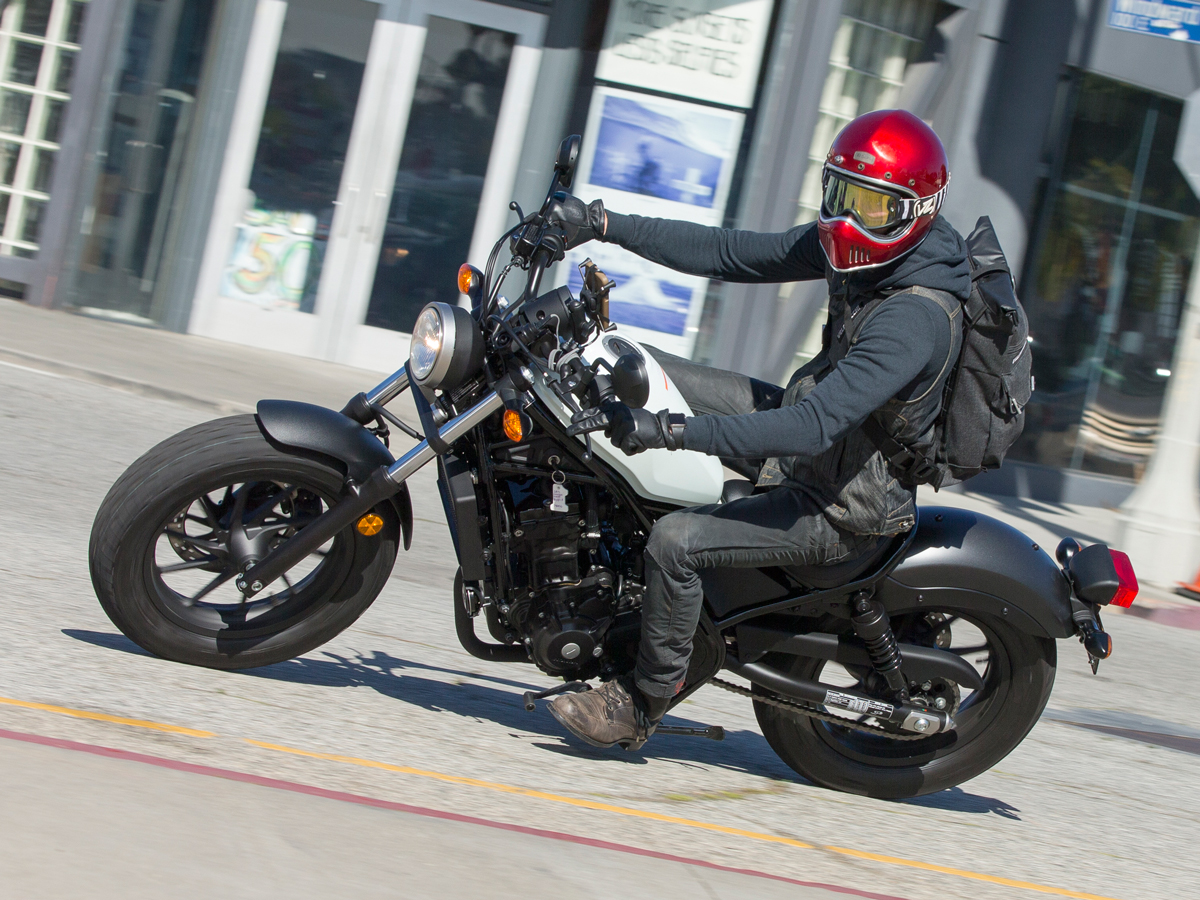
Conclusion: Safe and Reliable Motorcycle Transport
Properly securing a motorcycle to a trailer is crucial for its safe transportation. By following these step-by-step instructions, you can ensure your motorcycle remains stable, protected, and secure throughout the journey. Always invest in high-quality tie-down straps and equipment, carefully align and position the motorcycle on the trailer, and regularly check the straps for proper tension and stability. By taking the time to properly strap your motorcycle to the trailer, you can confidently transport it to your desired destination, knowing it will arrive in pristine condition, ready for your next adventure.








